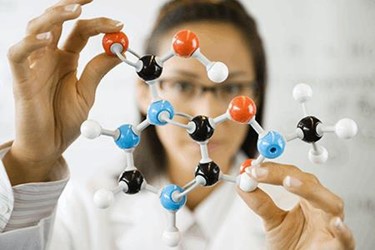The Use Of Amsphere A3 Resin To purify Antibody Fragments

Gerald Platteau of JSR Life Sciences describes the use of Amsphere A3 resin to purify antibody fragments. He explains the molecular binding mechanism for VHH singledomain antibodies and compared dynamic binding capacity (DBC) data with those of other affinity resins.
Platteau’s Presentation For full-size monoclonal antibodies (MAbs), the standard capture step is based on protein A. Its binding to the Fc region has been well described as taking place at the CH2–CH3 interface primarily through hydrophobic interactions. Because antibodies in the same subclass have >95% homologous Fc regions, protein A affinity is a suitable capture platform for a wide antibody range.
Antibody fragments are becoming an important therapeutic class comprising a variety of molecules such as VHH single domain antibodies, Fabs (antigen-binding fragments), single VH domains, and scFvs (single chain variable fragments). Because they lack Fc regions, these antibody fragments cannot be captured by most engineered protein A ligands. Amsphere A3 ligands, however, show a high affinity to VHH single-domain antibodies. They have a higher binding capacity than that of other commercially available protein A resins, the closest of which has a 40% lower DBC.
Get unlimited access to:
Enter your credentials below to log in. Not yet a member of Bioprocess Online? Subscribe today.
